Optimal Timing for Central Vacuum Installation
Determining the optimal time for central vacuum installations involves considering various factors such as home construction phases, renovation schedules, and seasonal weather conditions. Installing during new construction or major renovations can streamline the process and minimize disruptions. Additionally, avoiding extreme weather seasons can ensure better installation conditions and equipment performance.
Installing during new build or major renovation projects allows integration into the structure without the need for later modifications.
Spring and fall are often preferred due to milder weather, reducing the risk of delays caused by extreme cold or heat.
Ensuring the home is at a suitable stage of construction or renovation helps facilitate a smoother installation process.
Planning installations during off-peak seasons can lead to quicker service and more available scheduling options.
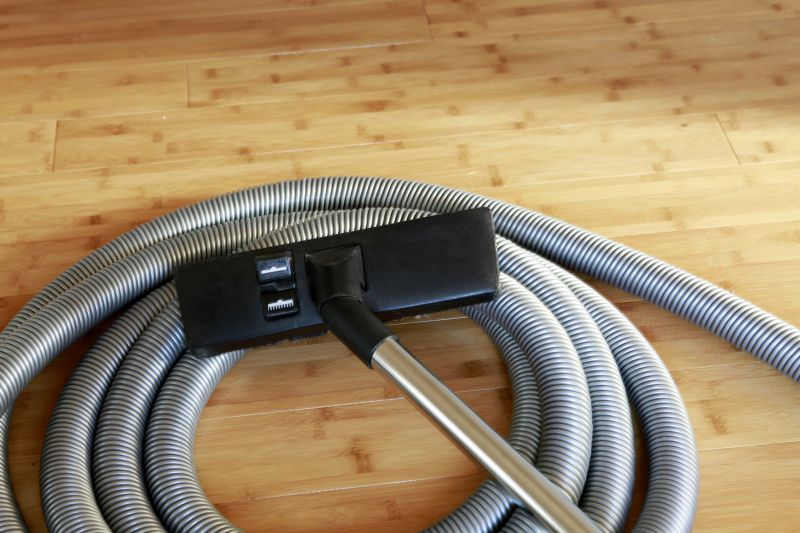
Installation of the main unit and piping system.

Scheduling during framing or drywall phase.

Choosing optimal weather for installation.

Ways to make Central Vacuum Installations work in tight or awkward layouts.
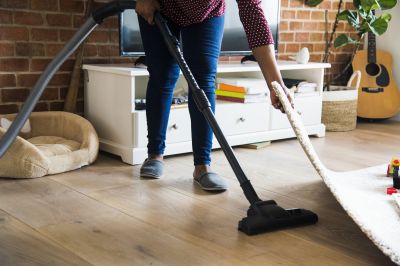
Popular materials for Central Vacuum Installations and why they hold up over time.

Simple add-ons that improve Central Vacuum Installations without blowing the budget.

High-end options that actually feel worth it for Central Vacuum Installations.
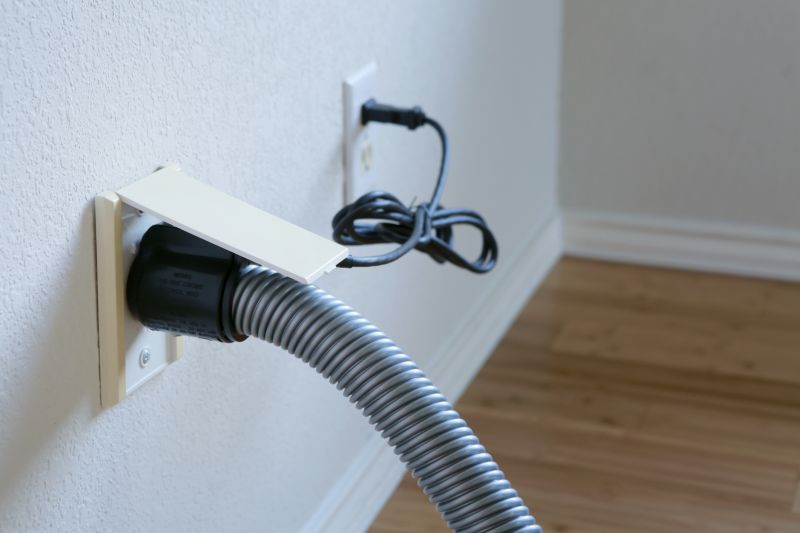
Finishes and colors that play nicely with Central Vacuum Installations.
| Factor | Recommendation |
|---|---|
| Construction Stage | Install during framing or drywall phase |
| Weather Conditions | Avoid extreme cold or heat |
| Home Readiness | Ensure structural completion before installation |
| Seasonal Timing | Spring or fall preferred |
| Project Schedule | Coordinate with renovation timelines |
Central vacuum installations are often most efficient when integrated during the initial construction or major renovation phases of a home. This approach allows for seamless incorporation of piping and outlets, minimizing future disruptions. Proper planning around seasonal weather conditions can also enhance installation quality and system longevity. Statistics indicate that homes with central vacuum systems tend to have higher property values and improved indoor air quality, making timely installation advantageous.
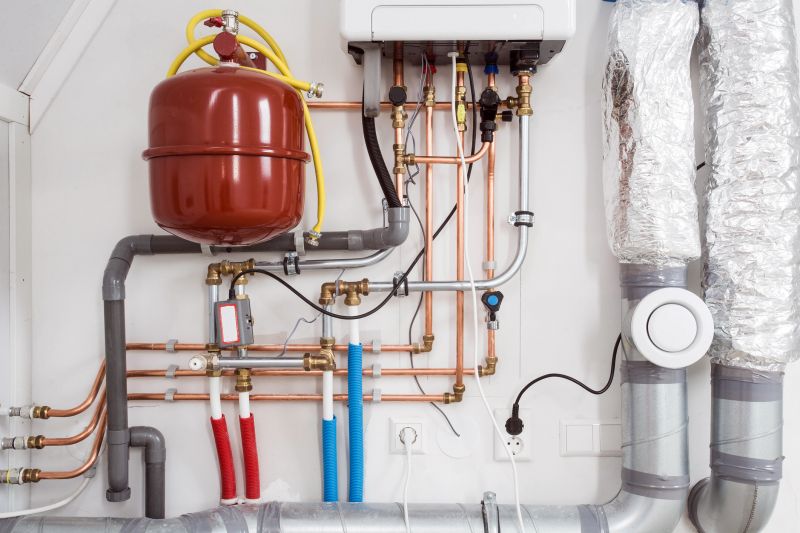
Laying out the piping network within walls.

Installing outlets after drywall is finished.
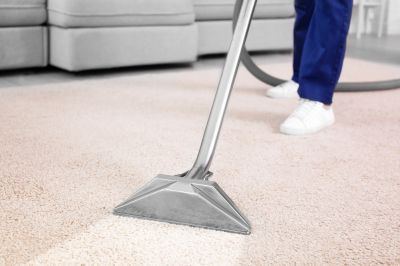
Mounting the main unit in designated space.

Ensuring system is properly connected and functional.
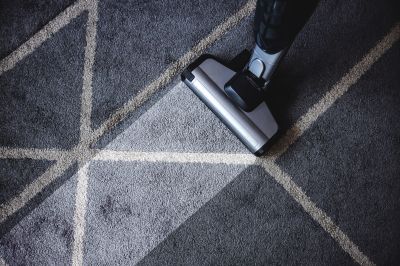
Little measurements that prevent headaches on Central Vacuum Installations day.
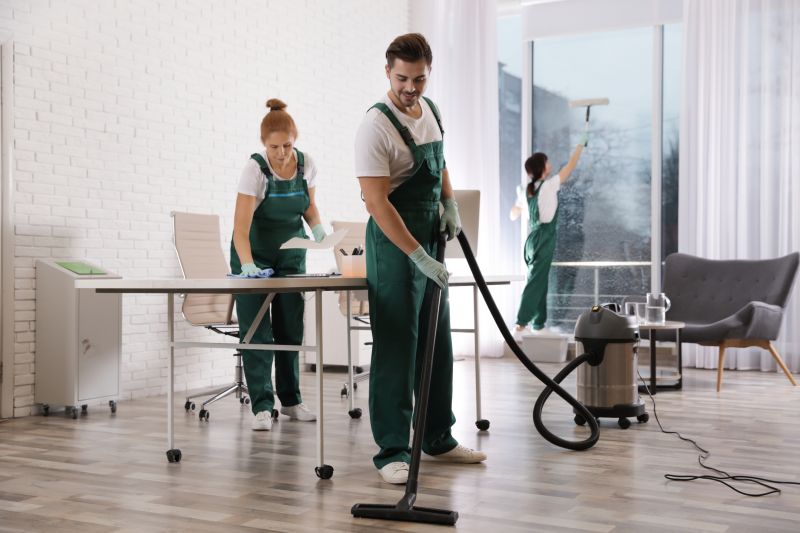
A 60-second routine that keeps Central Vacuum Installations looking new.
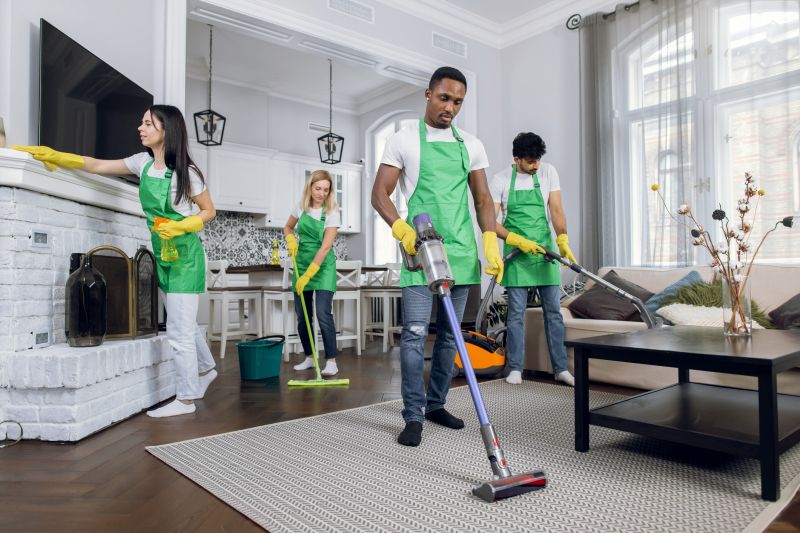
A frequent mistake in Central Vacuum Installations and how to dodge it.
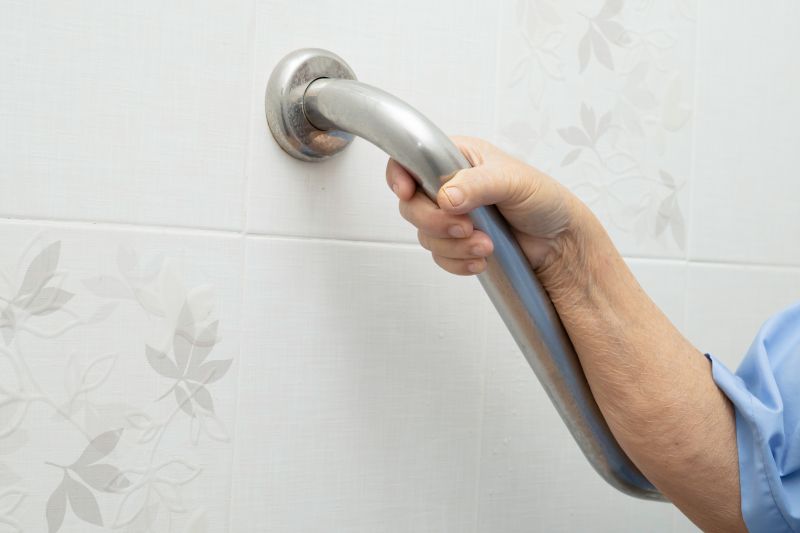
Small tweaks to make Central Vacuum Installations safer and easier to use.
Interested in central vacuum system installation? Filling out the contact form can provide additional guidance and scheduling options tailored to specific home projects.



